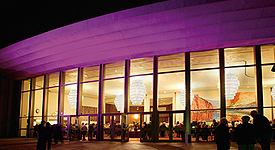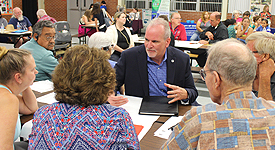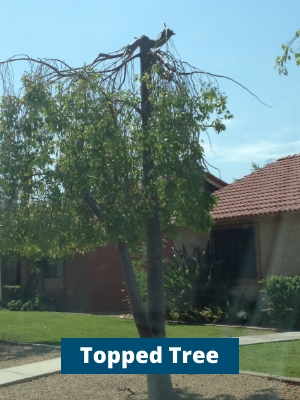
Pruning is a skill and an art. The skill is in making cuts in the right places that allow the wound to close properly and minimize the chance for decay. The art is in removing only the branches needed so that the tree remains attractive and in its natural form.
Before you start to prune, make sure you're doing it for the right reasons, such as to remove dead, weakened or damaged branches; remove crowded or rubbing limbs; eliminate hazards in the landscape such as branches in walkways or those blocking safe visibility; improve tree stability, balance, and wind resistance; or to control or direct growth.
Pruning Tips
- Never remove more than 1/4 of a mature tree’s leaves in a growing season.
- Do not prune a newly planted tree during the first year, except to remove dead or badly damaged branches.
- Always cut back to a main stem or branch just outside the branch bark ridge and branch collar. This allows the wound to close properly.
- Do not tip back, leave stubs or make a flush cut. These allow entry points for diseases and insects.
- Pruning paints or other sealants are not necessary. A properly pruned tree will be able to protect itself.
- For large branches use a three cut process to prevent bark from ripping down the main trunk (see below).
What to Do

What NOT to Do
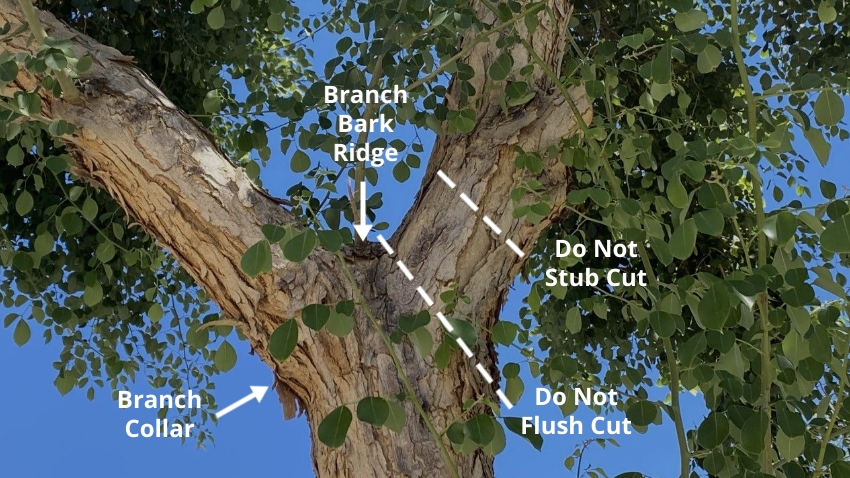
Tools Needed for Pruning
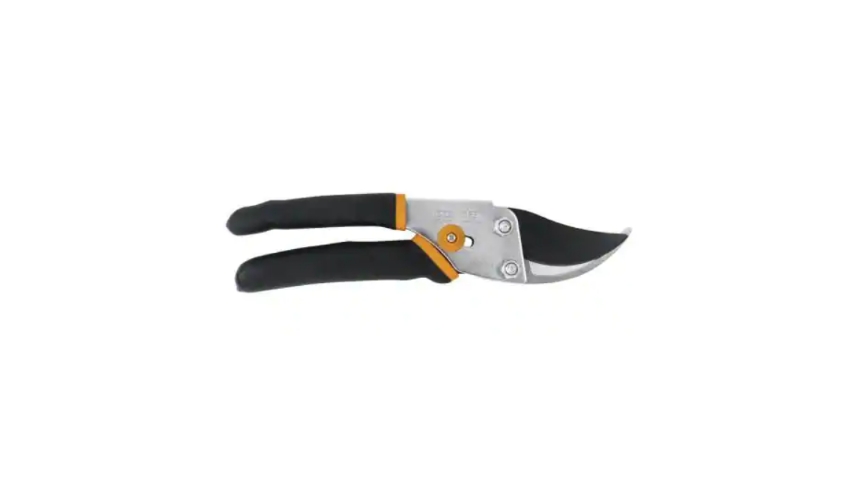
Hand Pruning Shears
Used for limbs less than ½ inch in diameter.
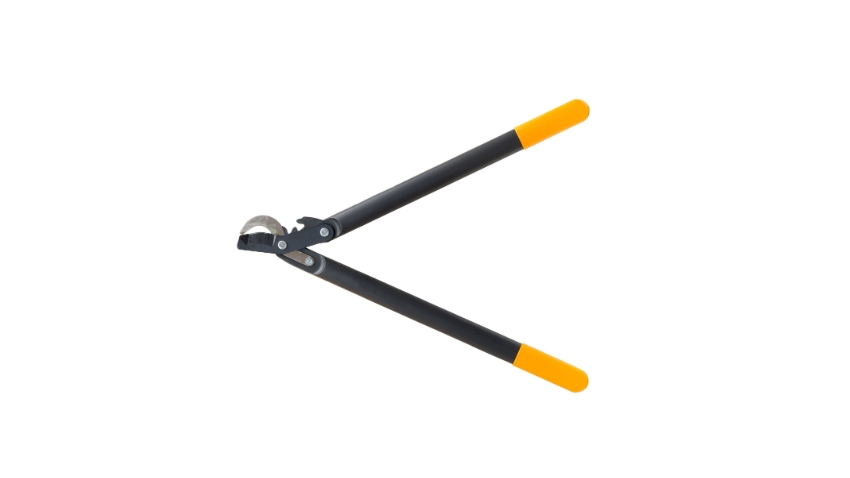
Pruning Lopper
Used for limbs less than 1 inch in diameter.

Pruning Saw
Used on limbs measuring over 1 inch in diameter.
General Tips of When to Prune Trees
Very light pruning can be done anytime if proper pruning techniques are followed. Remember to follow the tips for proper pruning and do not remove more than 25 percent of the live branches and leaves annually. The following table provides optimal pruning times.
| Tree | When to Prune |
|---|---|
| Native trees | Early summer (May – early June) |
| Non-native deciduous trees | During winter dormancy (January) |
| Non-native Evergreen trees | March |
| Citrus | Don’t prune except for hazards or health |
| Palm trees | June-flower stalks can be removed at this time too. |
| Conifers (pines, junipers, cypress) | During winter dormancy (January) |
Never Top a Tree
Topping a tree is the indiscriminate cutting back of tree branches to stubs, and stresses trees by removing the leaves or “food factories” of the tree.
Tree topping creates hazards since new shoots are weakly attached, making them prone to breakage. It also makes trees unsightly by disfiguring their natural branching structure.
Work Safely
When pruning trees keep in mind these following:
- Never prune a tree that is touching or near a utility line.
- Don't prune when overheated or tired.
- Use protective hats, gloves & safety glasses.
- Don't climb a tree or use a ladder when pruning.
Find a Professional
Call a certified arborist to have trees properly pruned or for additional tree care advice.
